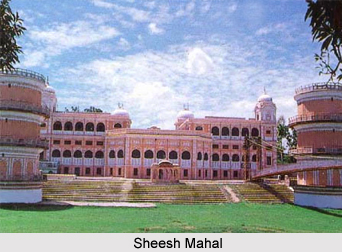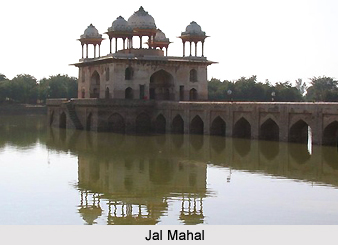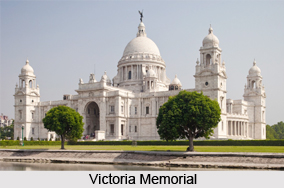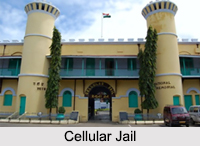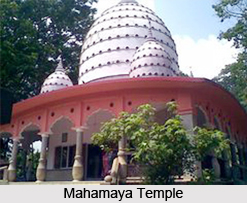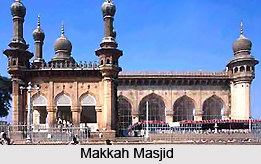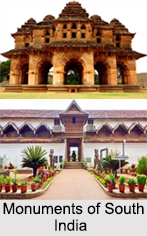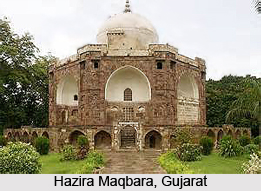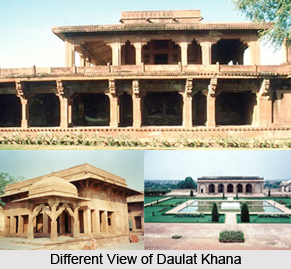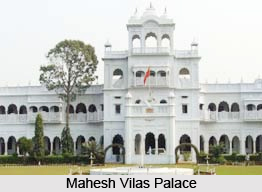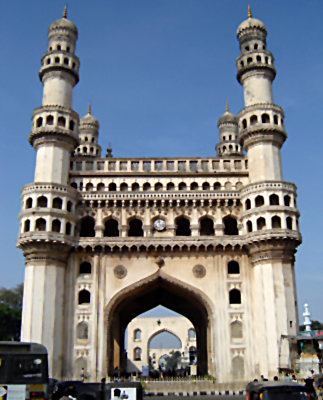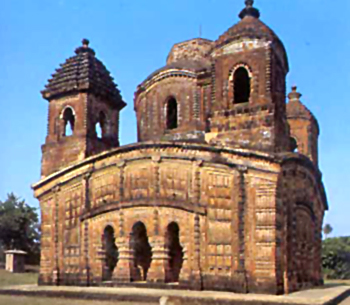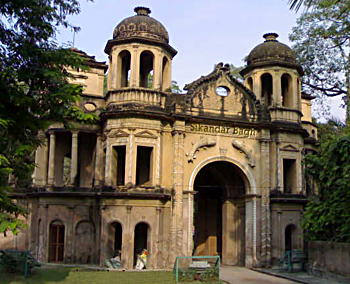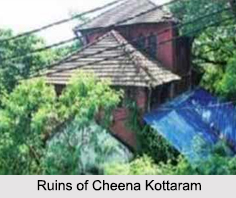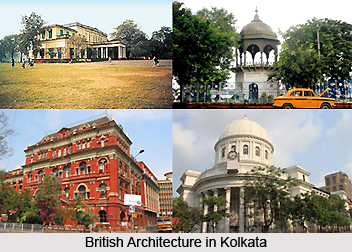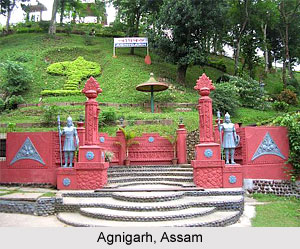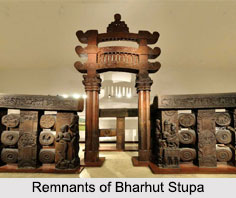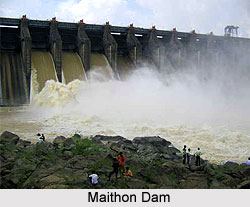 Monuments of Jharkhand reflect the rich history and the grand architecture of the state. A number of these are preserved as heritage monuments and are recognized throughout the world. These monuments belong to the dynasties that reigned over the province over a long period of time. Hence the visitors would come across Hindu, Buddhist, Muslim and British monuments. The major ancient buildings in Jharkhand are Kauleshwari Devi Temple, Bhadrakali Temple and Royal Mosque of Chatra. Apart from these, there are other ancient structures of religious and political significance as well.
Monuments of Jharkhand reflect the rich history and the grand architecture of the state. A number of these are preserved as heritage monuments and are recognized throughout the world. These monuments belong to the dynasties that reigned over the province over a long period of time. Hence the visitors would come across Hindu, Buddhist, Muslim and British monuments. The major ancient buildings in Jharkhand are Kauleshwari Devi Temple, Bhadrakali Temple and Royal Mosque of Chatra. Apart from these, there are other ancient structures of religious and political significance as well.
Each monument of Jharkhand reiterates a separate history of intrigue, romance and mystery. Earlier this province was a part of Bihar state and was a tributary to Magadha and Kalinga in the ancient period which was passed to the hands of the ruler of Odisha, Raja Jai Singh Deo in the 13th century. Later Jharkhand became a part of the British Empire. Monuments belonging to these exist even today in the form of forts, palaces, memorials and religious shrines. Moreover the significant role of the royal patronage in constructing the monuments of Jharkhand is undeniable too.
The ancient monuments speak about the royal grandeur and lavishness of the past. Many foreign rulers have also invaded this province and constructed numerous buildings in their typical architectural style. Most of their constructions still exist and are considered as heritage monuments declared by UNESCO as World Heritage Sites.
Significant monuments in Jharkhand
Most of the monuments of Jharkhand belong from the period of 10th century BC, rich in architectural style. Some of the monuments are well maintained by Archeological survey of India. Following are some historical monuments of Jharkhand having political or religious significance.
Kauleshwari Devi Temple
Kauleshwari Devi Temple is the shrine of Kauleshwari Devi, a form of Sati/ Kali. The place is linked with both Ramayana and Mahabharata. While the Pandavas spent some days here during their exile, it is also believed that Rama, Sita and Lakshmana came here during their exile. The place is also considered to be a Shakti Peetha, as the womb of Sati fell here.
Bhadrakali Temple
Bhadrakali Temple is surrounded with green forests and falls. It has great importance in History of India because of the black colour statues excavated recently. It is believed to be dating back to 1500 to 1800 years ago, constructed in Shak, Gupta and Vardhan period. It is also counted among the shakti peethas.
Royal Mosque of Chatra
Royal Mosque of Chatra is also known as Shahi Masjid of Chatra. It is situated at the headquarters of the Chatra district in Awwal Mohalla in Jharkhand. This Royal Mosque was constructed after 1660 A.D. when Daud Khan the Mughal Governor of Aurangzeb had conquered Kothi and Kunda. There was a Tahkhana and Toshkhana in the Mosque which has been closed now and the mosque has been reconstructed in modern style.
Bhuvaneshwari Temple
Bhuvaneshwari Temple is one of the Adhishakti Peeth in India and one of the most important and popular Shakti Shrines of Jharkhand. The temple is based on South Indian architecture with 36ft high Garbha Griham and 5 storied Rajgopuram.
Maluti Temple
Maluti temple is one of the oldest temples of Jharkhand area in Dumka District. The 72 ancient temples are one of 12 worldwide sites.
Palamau Fort and Shahpur Fort
Palamau Fort and Shahpur Fort are major historical landmarks in the region of Daltonganj, These two large forts are situated deep inside the dense forests of Aurangabad near Daltonganj.
Martello Towers
Martello Towers, also known as Martellos are small defensive forts that were built across the British Empire during the 19th century, from the time of the French Revolutionary Wars. The towers stand up to 40 feet high and typically had a garrison of one officer and 15–25 men.
Akbari Masjid
Akbari Masjid is one of the oldest mosques in Jharkhand, built during the reign of the Mughal Emperor Akbar. The monument represents typical Mughal style architecture.
Jama Masjid
Jama Masjid is a mosque located in Chitarpur town in Ramgarh district of Jharkhand. It is one of the oldest mosques built in late 16th century by Mughal rulers. The architecture of mosque is unique following Mughal architectural style.
